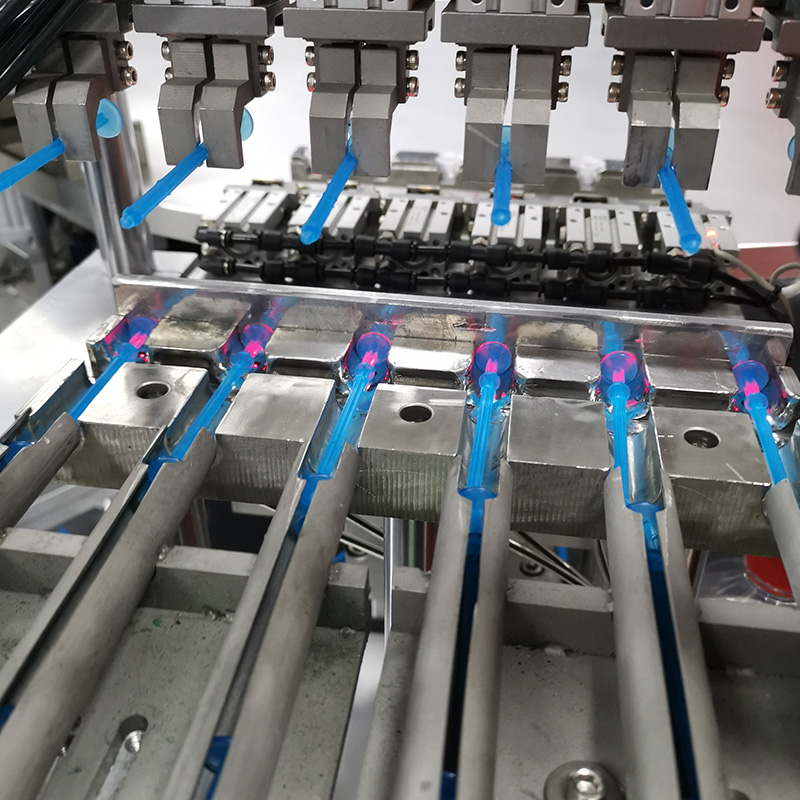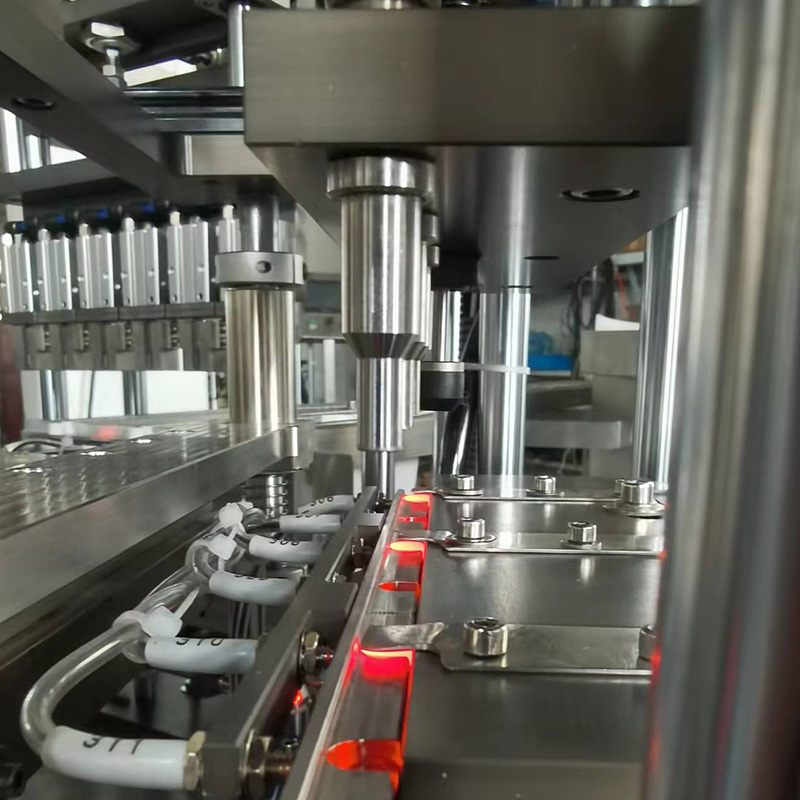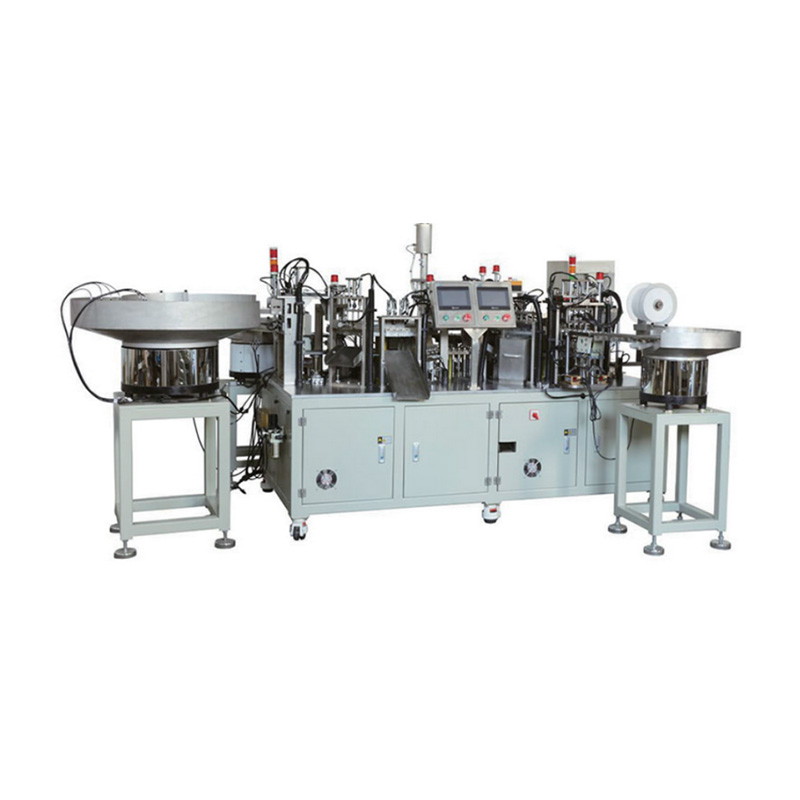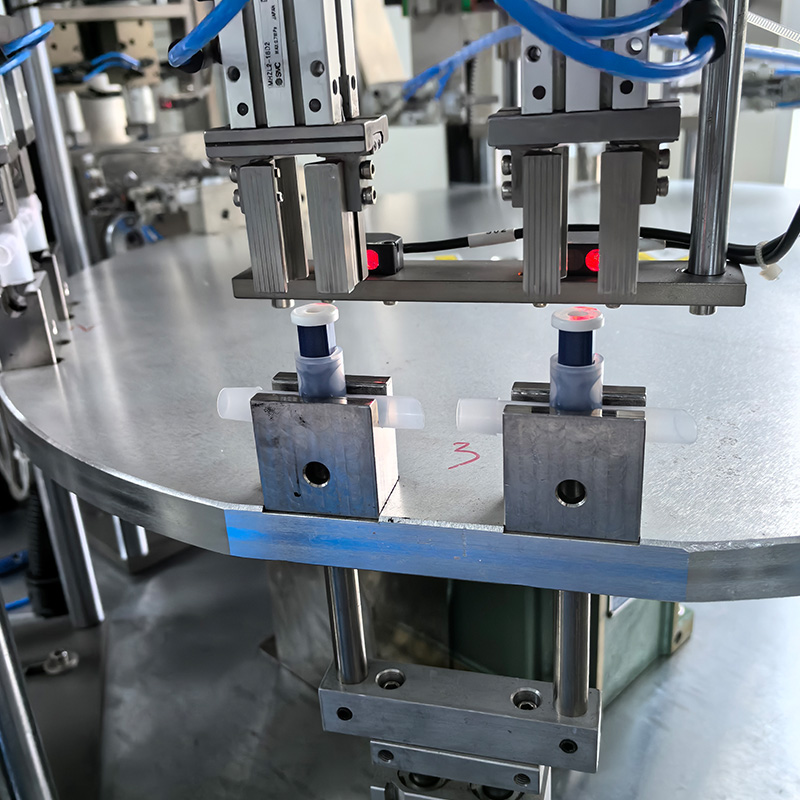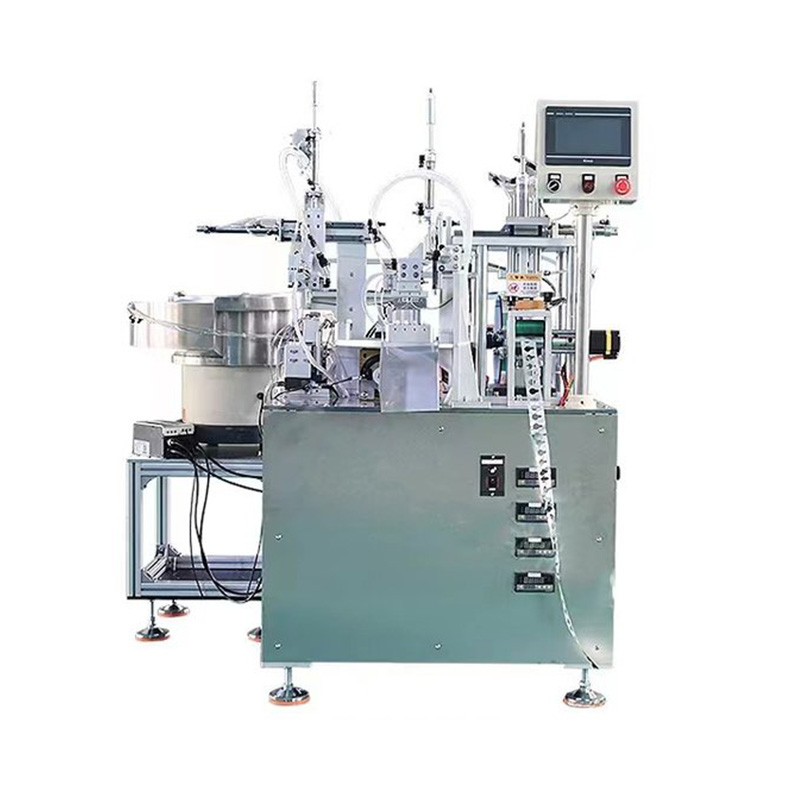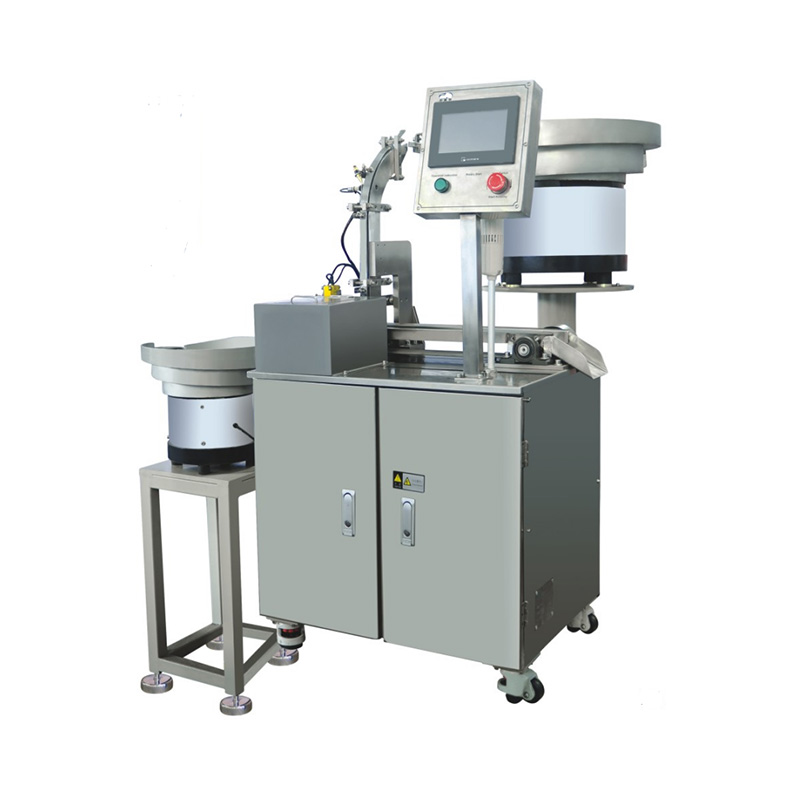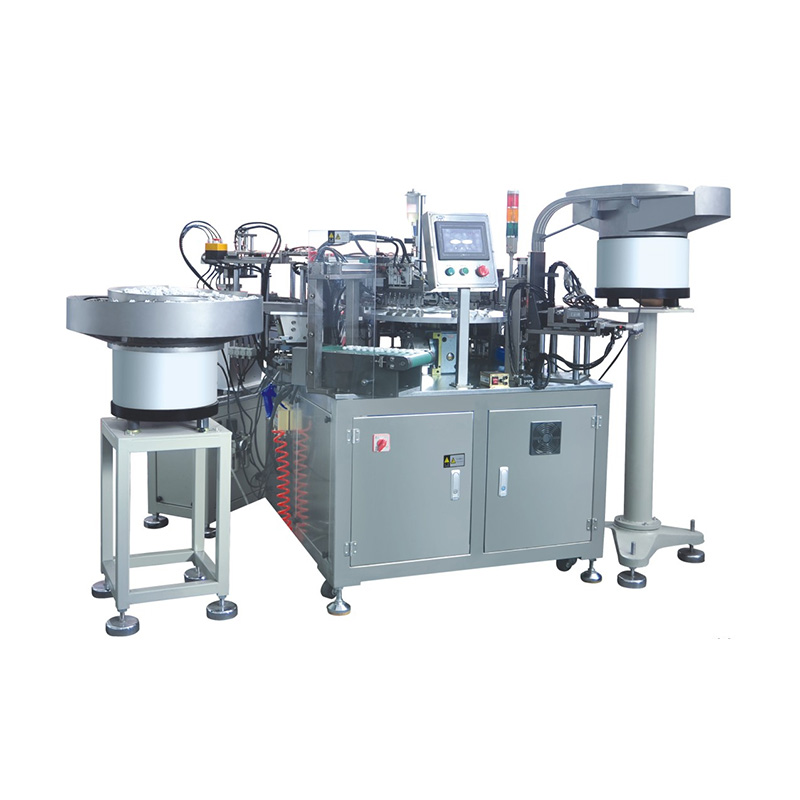China Zhejiang Taizhou Ambe Trading Co., Ltd. is a manufacturer specializing in the production of medical equipment automation equipment.
When it comes to medical devices, two questions often arise: How do products remain reliable under frequent use, and what goes into creating designs that meet strict healthcare standards? The intersection of durability and design isn't just a manufacturing goal—it's a necessity, especially for Plastic Consumable Products used in sensitive medical environments.
Durability in medical settings isn't about being heavy-duty; it's about performing consistently while maintaining patient safety. For example, items like catheters and specimen containers must resist wear, avoid corrosion, and perform under sterile conditions. This is where material selection becomes critical. High-grade biocompatible plastics are commonly used for Plastic Consumable Products because they combine strength with chemical resistance.
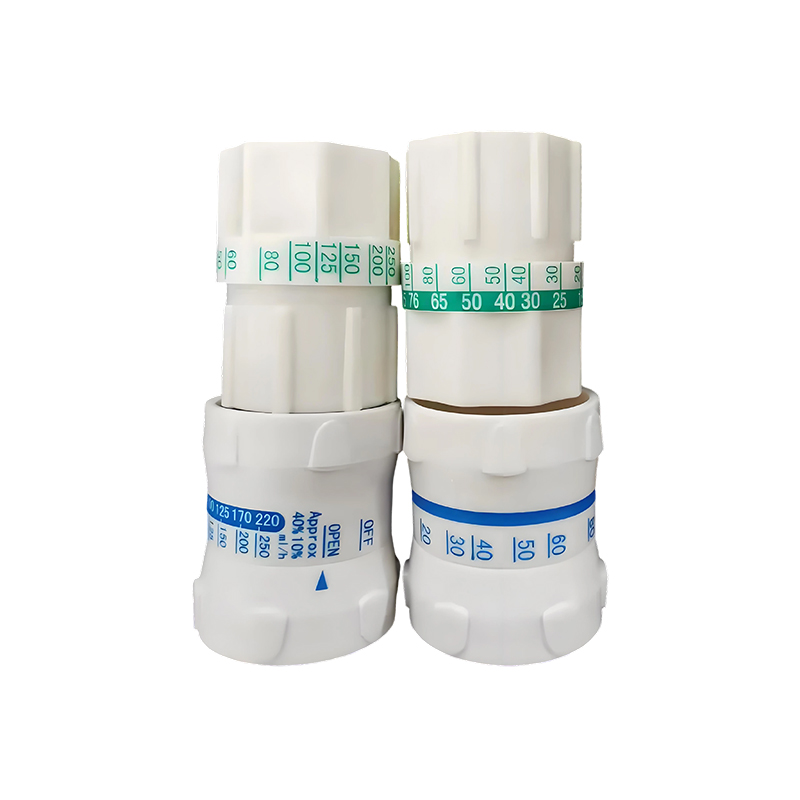
But how are these qualities achieved in production? It often comes down to the expertise of a Medical Plastic Consumable Products Factory. Such a factory employs molding and assembly techniques to create products that are both functional and resilient. The design process accounts for factors like stress points, fluid dynamics (in the case of tubes and catheters), and compatibility with other medical devices.
Another common question is: How does design contribute to functionality? Take the example of a diagnostic tube or a urine collection container. Its shape, surface smoothness, and sealing mechanism must prevent leakage and contamination. A well-designed product not only protects the specimen but also makes it easier for healthcare workers to handle. This level of thoughtful design is a hallmark of a modern Medical Plastic Consumable Products Factory.
Users also wonder whether mass production affects. In a dedicated Medical Plastic Consumable Products Factory, automation and precision engineering help maintain consistency. Automated injection molding, for instance, can produce thousands of units with the same structural integrity and dimensional accuracy. At the same time, rigorous checks—often involving vision systems and pressure tests—verify that each unit meets performance criteria.
What about customization? Different medical applications require specific features. Some procedures need catheters with special tips or containers with unique barrier properties. A responsive Medical Plastic Consumable Products Factory can adapt molds and production processes to accommodate these variations without compromising durability.

The role of the factory doesn't stop at production. Environmental control is essential. Cleanroom manufacturing spaces prevent particulate contamination, which is crucial for items like fluid collection systems and sterile packaging. This attention to ambient conditions reflects how a Medical Plastic Consumable Products Factory integrates design and durability at every step.
A question sometimes overlooked is how sustainability fits into this picture. While durability implies longer usability, many Plastic Consumable Products are designed for single use. This is where material innovation plays a key role. Factories are increasingly using plastics that offer high performance without unnecessary environmental impact.
The synergy between durability and design in Plastic Consumable Products stems from a deep understanding of clinical needs. Whether it's a tube used in lab testing or a custom fluid collection system, these products must be safe, functional, and reliable. Partnering with an experienced Medical Plastic Consumable Products Factory ensures that devices are not only well-made but also aligned with the evolving demands of healthcare professionals.

 English
English русский
русский Español
Español

